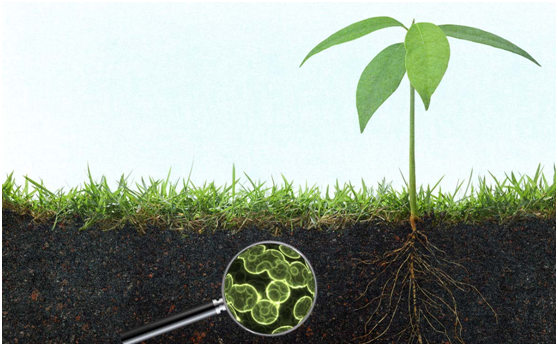
Exhibition time: 17-19 March, 2026 Shanghai, China
 中文
中文

Exhibition time: 17-19 March, 2026 Shanghai, China
 中文
中文
There are five different types of soil microbes: bacteria, fungi, actinomycetes, protozoa and nematodes. Each of these microbe types has a different role in boosting soil and plant health.

Bacteria. Bacteria are the smallest microbes. They are the workhorses. In a healthy soil situation, a bacterium can divide every 20 minutes. They are the most abundant and biologically diverse. They live within a half-inch of the root system. Bacteria absorb the nutrients in the fertilizer, especially nitrates.
Fungi. Fungi live at the plant root. It is the white, featherlike material seen on a plant root. Stark says this type of beneficial fungi is tiny — smaller than a root hair — and can get between soil particles. They essentially can make the plant root 1,000 times larger than the roots themselves. Fungi help with water and nutrient uptake. Fungi also eat bacteria and are useful in solubilizing nutrients such as phosphorus, which may be abundant in soils but are not in a chemical form the plant can use.
Actinomycetes. Actinomycetes once were classified as fungi and act similarly in the soil. However, some actinomycetes are predators and will harm the plant while others living in the soil can act as antibiotics for the plant.
Protozoa. Protozoa eat bacteria. Stark says since bacteria absorb fertilizer, when the protozoa eat the bacteria, they release nutrients back into the soil. When protozoa are missing from the soil, farmers may experience yellow corn after nitrogen application. Sometimes there is too much bacteria and not enough competitors like protozoa. There needs to be a balance of both.
Nematodes. Nematodes are microscopic worms that live around or inside the plant. Some nematodes are predators while others are beneficial, eating pathogenic nematodes and secreting nutrients to the plant.
Your soil is not one or two strains or one or two species. It has thousands of species and billions of individuals in a teaspoon of healthy soil. farmers should focus on building a diverse microbial portfolio.
